Article
Is Installing a Rainwater Tank in Your New Modular Home a Smart Move?
Sustainable living
October 30, 2021

Written by
Laurie Raikes
These days, we’re all looking for ways to live more sustainably—and when you build a new modular home, you have a unique opportunity to choose design features that will significantly reduce your family’s environmental footprint.
From the orientation of your home to the position of your windows, there are lots of small but important considerations that make a difference to your energy usage and impact on the environment.
One feature that will make a really big difference to your water usage is a rainwater tank. But is this a worthwhile investment? Read on to find out some helpful information on when you should install a rainwater tank in your new modular home.
Essential source of water
 Yarck project
Yarck project
It’s important to be aware that in some locations (particularly rural areas) there may be no access to mains water, so installing a rainwater tank will be essential. If a reticulated water supply is unavailable, you’ll need to source enough water to meet your needs from within your property. In most cases this will involve installing one or more rainwater tanks to harvest and collect water from the roof for use inside the house. For water used outside in the garden, often an alternative source is preferred, such as a dam, bore or river.
6-star energy rating and BASIX
If you’re building in Victoria, your new home is required to be a minimum 6-star energy rating standard, which involves meeting a strict set of criteria that aims to improve the efficiency of your new home. As part of this, you will need to either install a rainwater tank or a solar hot water system. Of course, if you want to double your impact you can always do both!
If you are building a new home in NSW and are lodging a planning permit, you’ll need to obtain a BASIX (Building Sustainability Index) certificate, and a requirement of this is to install a rainwater tank. The BASIX assessment will consider the size, catchment area and uses of your tank, so make sure you choose one that ticks all the boxes.
Bushfire-prone areas
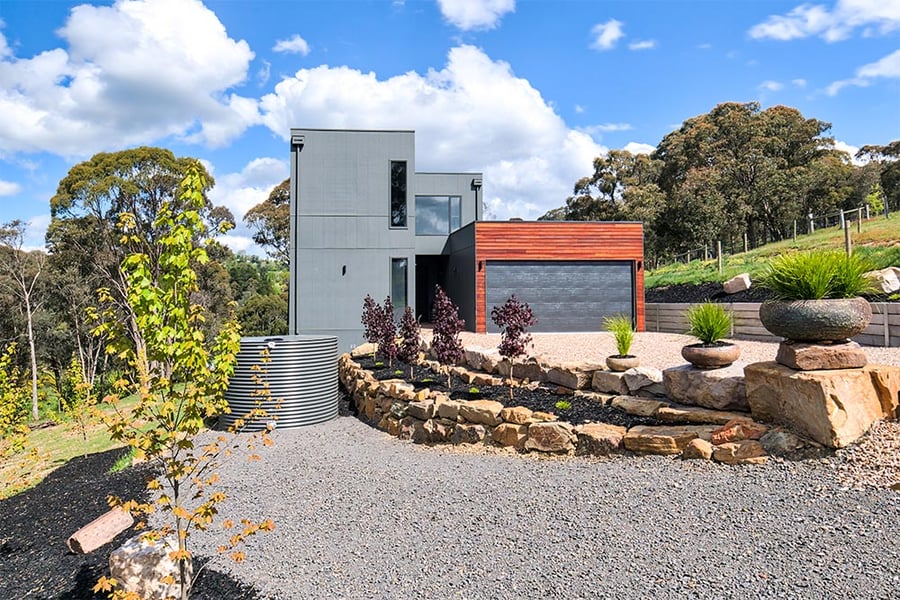 Daylesford project
Daylesford project
If your property is situated in a bushfire-prone area, a rainwater tank for firefighting purposes may be required to comply with council planning and CFA/RFS requirements. This is in part due to the risk of mains water being interrupted in the event of a fire. Our Daylesford project was built to BAL29 and includes a large water tank alongside the house. As you can see, your rainwater tank doesn’t need to be an eyesore or be hidden away—with the right positioning and colour choice it can blend quite seamlessly into the design.
Save and capture water
In recent years, saving water has been in the spotlight, as severe droughts led to water restrictions in many parts of Australia. When you have a rainwater tank on your property that is set up correctly and harvesting water effectively, you have a valuable asset that will provide you with your own private water supply. This will only become more valuable over time as you are not solely reliant on the mains water supply.
Better water quality
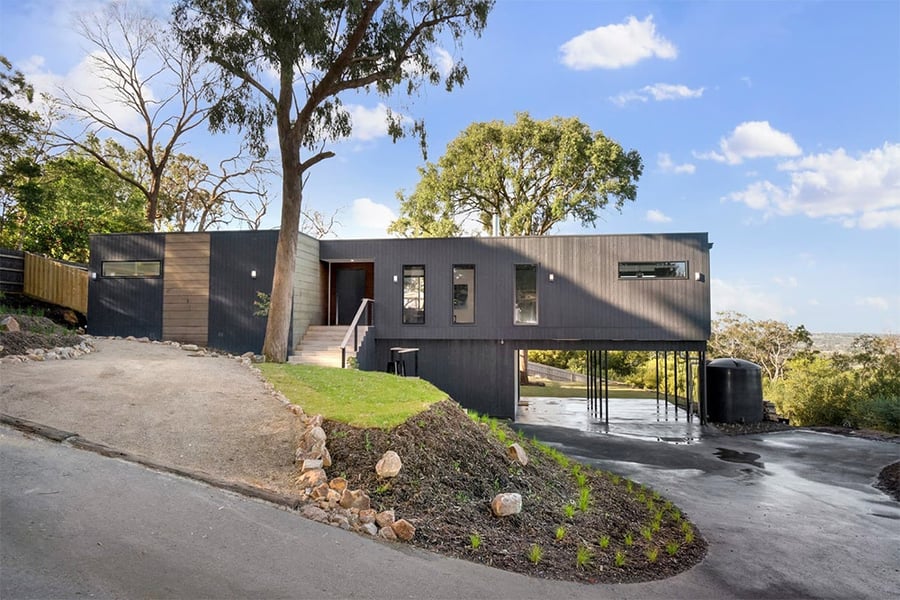 Frankston project
Frankston project
When you install a quality tank with an effective filtration system, you and your family will enjoy fresh, healthy rainwater for many years to come. And most people report that it tastes much better too!
How to choose the right rainwater tank
If you do decide (or are required) to install a rainwater tank, how do you choose the right one? There are some key considerations that will guide you towards the best fit including:
Size – getting the right size is important, and if possible going a little larger than you need is best. There are some great online tools, such as this rainwater catchment calculator, that will help you work out the best size tank based on your roof area and the average annual rainfall in your location.
Type – will you choose a tank made from poly, steel or concrete? Each has its pros and cons so do your research to discover the right fit. You’ll also need to find the best shape as they come in a wide variety to suit every space.
Water filtration – this is particularly important if you intend to drink the water, as bacteria from the roof can contaminate your supply. There are different filters available to suit your needs, depending on how you will be using the water, from those that clear sediments only, to the whole house filter system that does the lot.
Economics – if you are looking at it from a cost only point of view, installing a tank may not be worthwhile due to the upfront and ongoing costs (e.g. filter system and ongoing replacement). However, in the long term, you will see cost savings on your water bill as you no longer rely so heavily on mains water. When you combine this with the environmental benefits, there is real value to be found.
Sustainable homes are the future
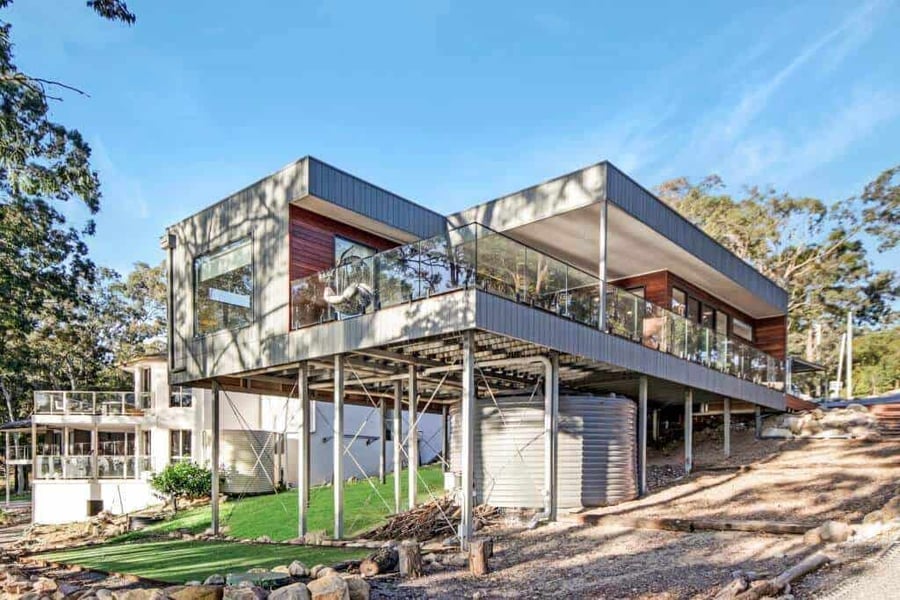 North Arm Cove
North Arm Cove
It’s clear that building more sustainable homes is something we should all embrace. So even if your new property doesn’t require you to include a water tank, if your budget allows, installing one is a smart move.
Have a question about rainwater tanks? We’d love to hear it! Contact our team or post a comment below and we’ll get back to you soon.
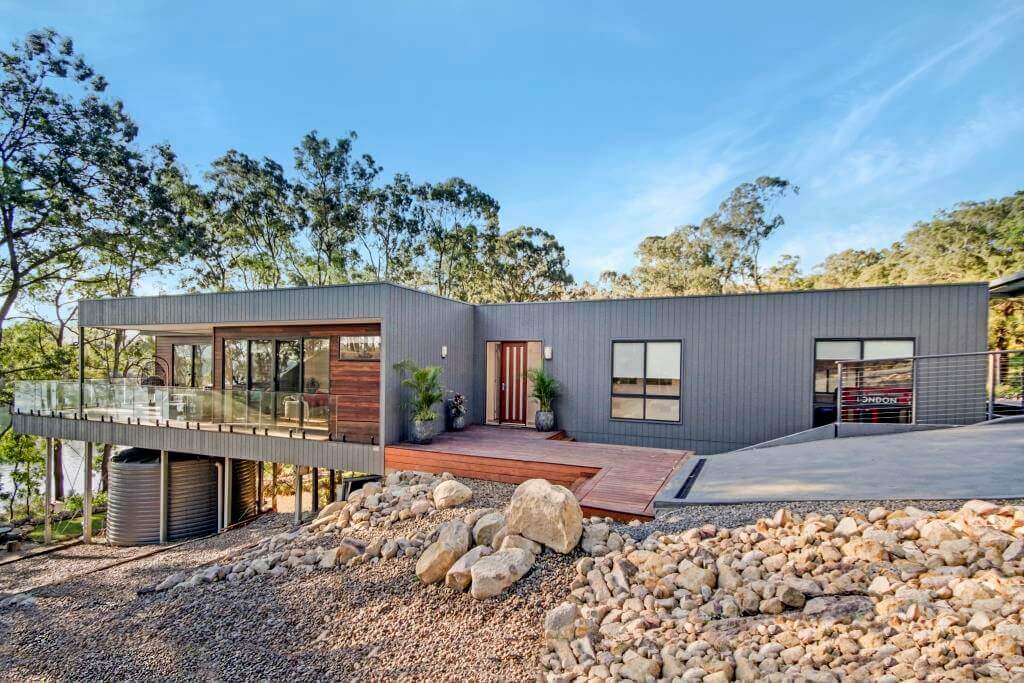



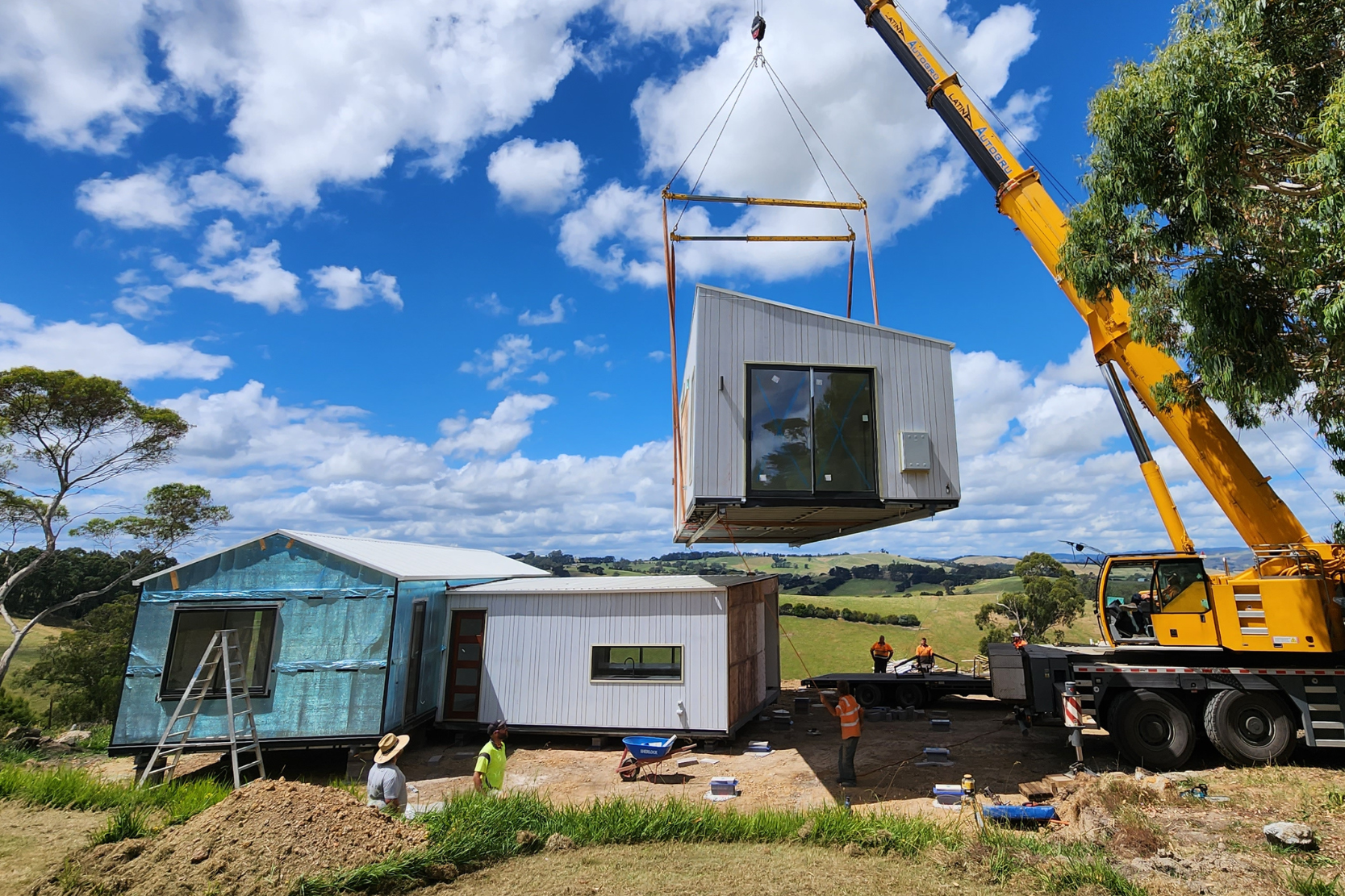
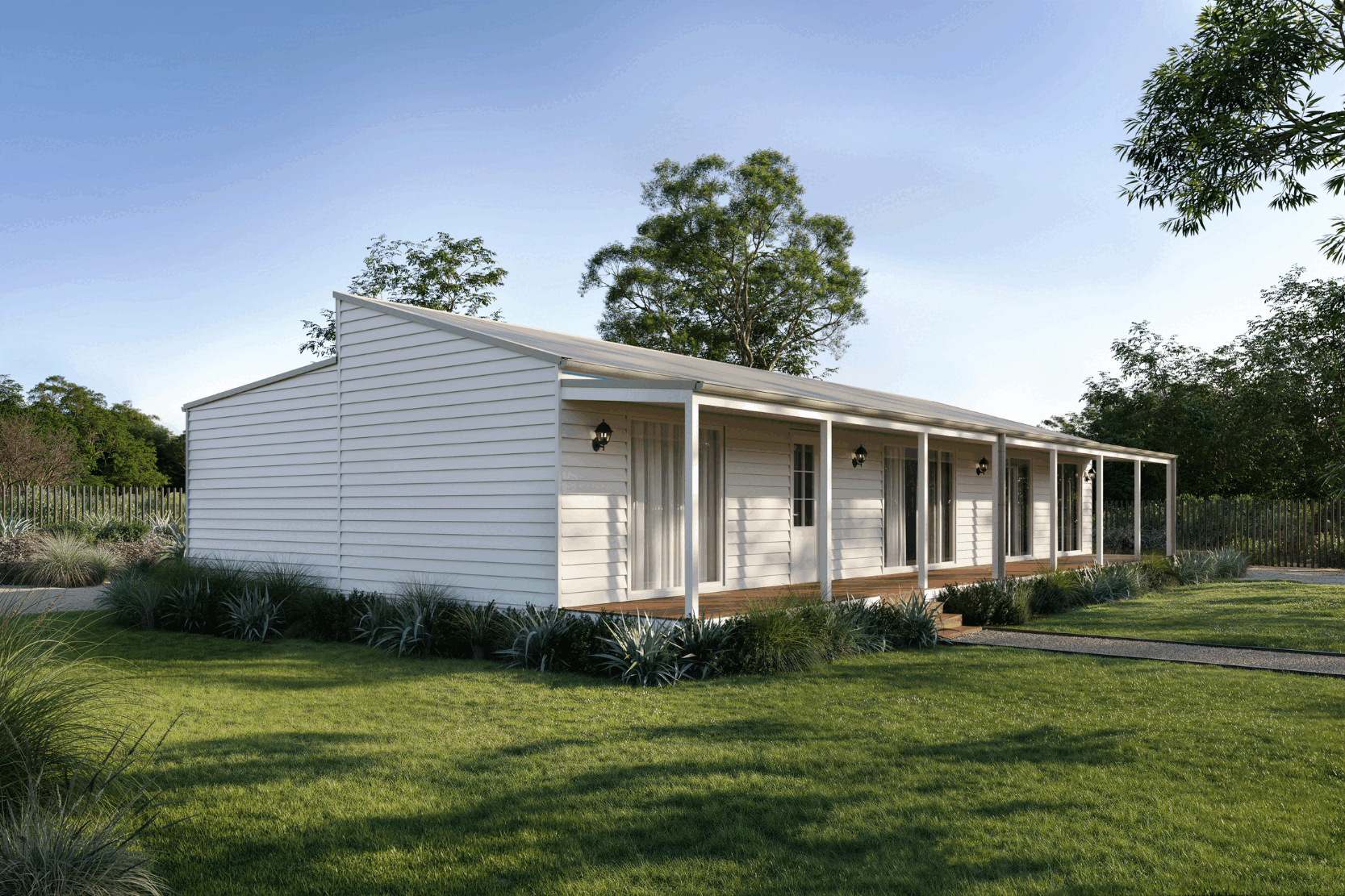
.png)